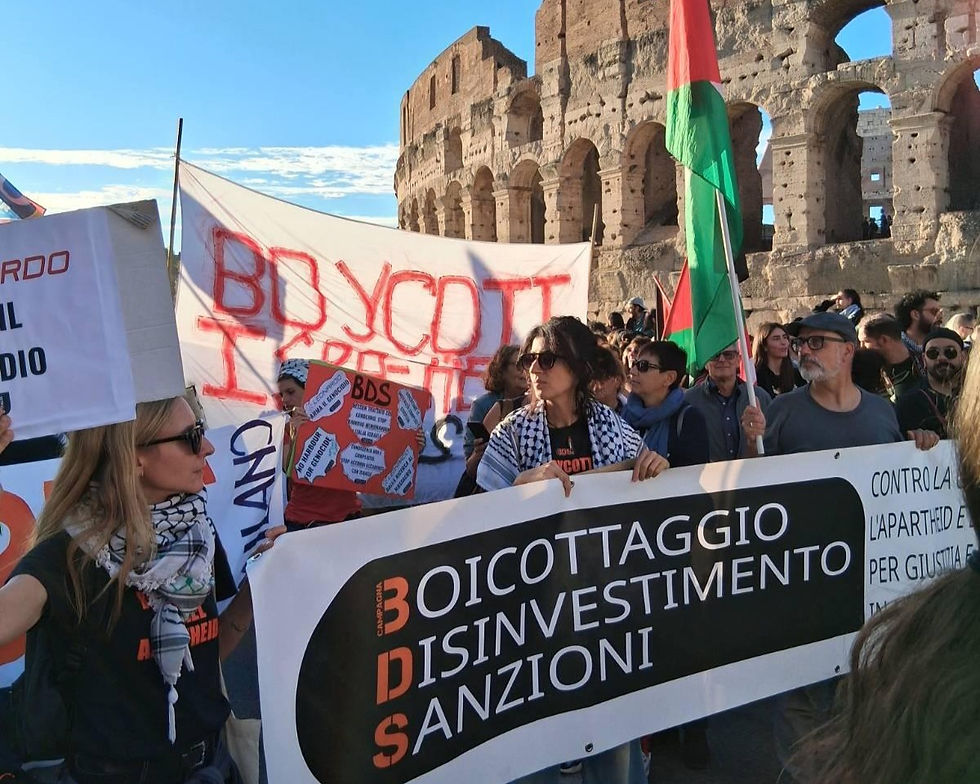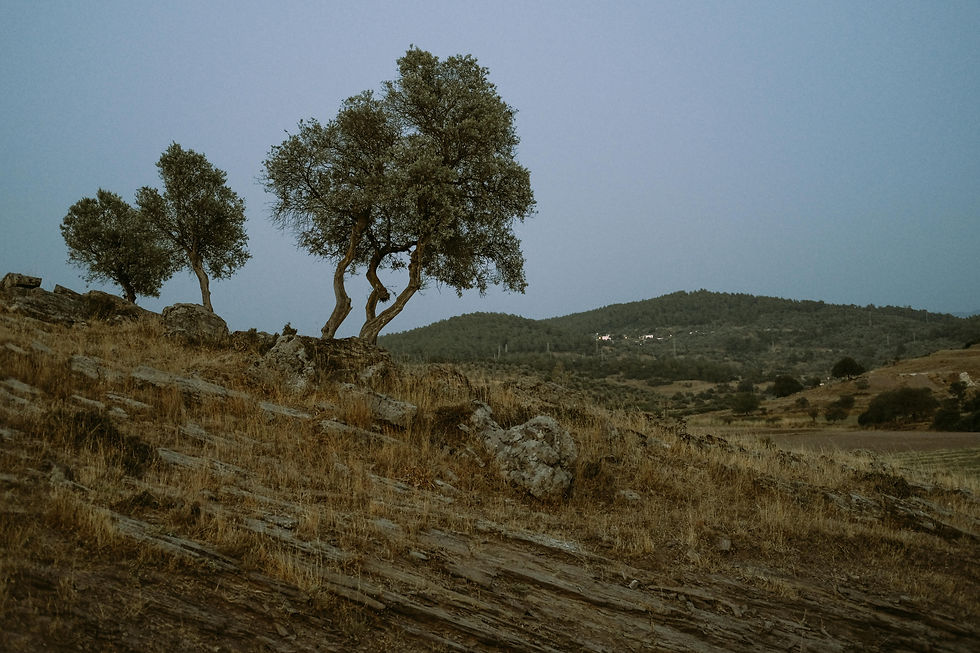Power and Funding Mechanisms in Cambodia
- Daniel Bevan

- Mar 14, 2017
- 4 min read
Updated: Jan 21, 2022

In January 2017, United Edge traveled to Cambodia to scope out a new learning programme. We had an amazing opportunity to learn more about the current issues facing Cambodia, its people and the sector.
In Phnom Penh we met with fifteen change makers. We heard from many inspiring individuals working in different parts of the aid system, from the Red Cross and international NGOs to private consultancy firms and local organisations. They shared thoughts and visions about the important “moment” facing Cambodia now. With rapidly increasing development and more and more people advocating to the government, it’s an exciting time to be in Cambodia.
Amidst some degree of hope, many people shared a common fear: change could be devastating if not done well. Who will have the power to influence social change? Without fail, people talked about their trouble with funding. Where was the money going to come from for change makers to be proactive as Cambodia faces this moment of change?
Funding and fundraising rarely come easy for social change, and the same holds true for Cambodia. It relies on an aid system that is under even more scrutiny than private companies. It comes with thick paperwork in dense language and with many, many strings attached. Some people would argue that government policies and corporate philanthropy have one thing in common: self-interest. Others go farther to say the entire aid system is broken because in the end it profits the traditional elite.
Not only that, but there are less and less resources to go around in a world facing more and more need. One problem is that Cambodia is not in the spotlight anymore. In 2016, the country was reclassified as a lower-middle income country, despite a Human Development Index rating that has hardly budged since 2010. Money is now being channeled to the new “favorite child” in the region – Myanmar.
Not only is there a lack of available funding in Cambodia, but the type of funding has changed significantly. People told us that core funding – in which organisations receive flexible money that they can use to create responsive and adaptive programmes – has been on the decline. That leaves organisations with an increased percentage of institutional funding – money that is tied to specific projects or deliverables that are usually linked to the priorities of donors rather than the people they are trying to serve. This makes it harder to adjust programmes when they are not working out, harder for projects to be designed with the people facing the challenges themselves, and ultimately, harder to make positive change happen.
Sadly, none of this is surprising or new. The way funding works for change makers in Cambodia reflects the whole system: restricted funding restricts creativity and effectiveness.
There are, however, positive signs of change. In Cambodia, many national or local NGOs we met with talked about new funding models that give them more financial freedom. Some are turning to other types of donors. Others are becoming social enterprises and providing a service for a fee that helps fund their other work. Still others at the community level have helped people form community savings groups and cooperatives and even networks of cooperatives. In fact, many change makers are organising into large-scale national networks, both to support each other and to advocate together with a stronger voice. All of this attempts to shift the balance of power.
These power dynamics can change on the global scene, too. On the eve of the World Humanitarian Summit last year, a new network of southern-based NGOs was announced – NEAR (Network for Empowered Aid Response). Their mission? “To work towards restructuring the global response to human, economic and environmental challenges so that actions to address these are locally driven and owned, and promote equitable, dignified and accountable partnerships.” This is huge. Now 36-members strong, NEAR is creating its own funding mechanism that will work at the national level, effectively bypassing the power dynamics of traditional privilege.
While thinking about the effect of funding models on the architecture of power, it’s important to note that ultimately, we should be working towards a world in which all governments are financing their own services and development goals. Charity usually comes with some sort of price and a shift in where decisions are being made. And, as we saw in Palestine, plugging leaking holes as a long-term humanitarian measure simply allows governments to lounge in their impunity. We need to start holding legal duty bearers to account through thoughtful funding and dynamic accountability mechanisms.
In the future, we hope that we won’t need to talk about funding models at all. But for now, we must listen to the communities and agencies on the ground: the current system is broken, and it’s time for change.
Daniel Bevan is one of the architects of the Justice Based Approach and co-founder of United Edge. An activist at heart, he has worked alongside communities and organisations across the Middle East, Africa, Asia, and Europe on community-owned and -led initiatives to tackle oppression and spark social and environmental justice.









Comments